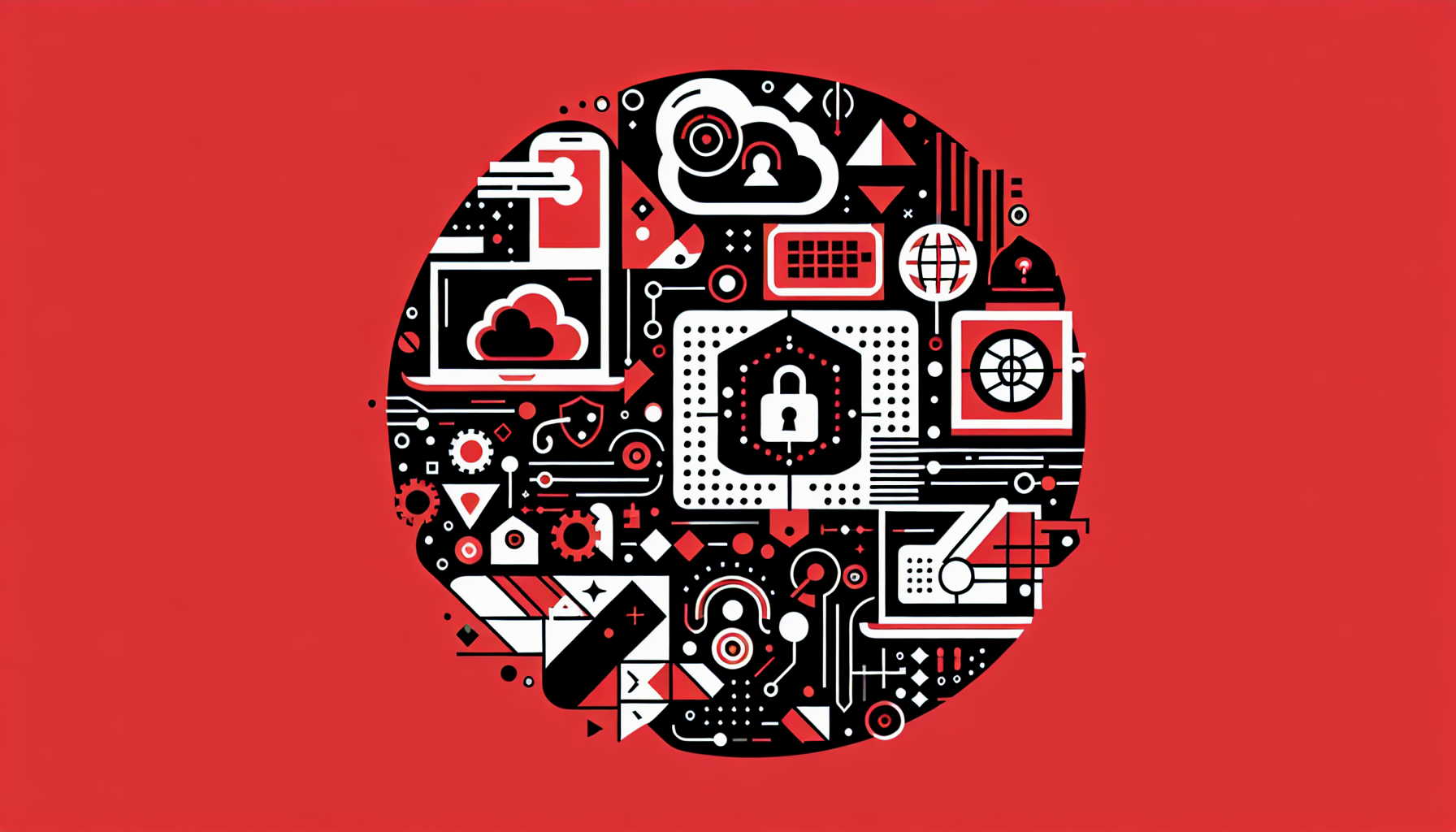Why Zero Trust Security Is a Must in 2024

Why Zero Trust Security Is a Must in 2024
In the heart of the digital age, where the boundaries between the virtual and the real are increasingly blurred, the concept of security has evolved from a mere afterthought to a fundamental necessity. As we step into 2024, the notion of Zero Trust Security emerges not just as a buzzword, but as an indispensable pillar in safeguarding digital landscapes.
Drawing inspiration from Estonia’s pioneering spirit in digital governance, it’s clear why Zero Trust is not just an option, but a necessity. Estonia, a small nation with a towering reputation in digital innovation, has long exemplified the power of resilience and foresight. Here, amidst the Baltic Sea’s embrace, innovation dances with tradition, crafting solutions that are as elegant as they are robust.
The Essence of Zero Trust
Zero Trust Security, at its core, breaks away from the outdated perimeter-based security model. In a world where threats are as dynamic as the technology we wield, assuming no trust is the only prudent stance. This model operates on the principle of “never trust, always verify.” Every access request is meticulously scrutinized, regardless of its origin.
Key Principles of Zero Trust:
| Principle | Description |
|---|---|
| Verify Explicitly | Authenticate and authorize based on all available data points, including user identity, location, device health, and service or workload. |
| Least Privilege | Limit user access with just-in-time and just-enough-access, risk-based adaptive policies, and data protection to minimize potential exposure. |
| Assume Breach | Segment access by network, user, device, and application. Apply end-to-end encryption and analytics to monitor and mitigate threats in real-time. |
The Estonian Influence
Estonia’s digital transformation journey is a testament to the power of Zero Trust principles. As a nation, it has embraced a digital-first approach, from e-government services to its renowned e-residency program. The underlying philosophy? Trust no one entirely, but verify everyone constantly.
This approach has not only fortified Estonia’s digital infrastructure against threats but has also fostered an environment where innovation can flourish unimpeded by security concerns. It’s this delicate balance of security and accessibility that makes Zero Trust not just a cybersecurity strategy, but a catalyst for innovation.
Implementing Zero Trust: A Code Snippet
Let us delve into a practical example, a simple code snippet that embodies the Zero Trust principle by verifying user identity and device health before granting access to a resource.
def verify_access(user_id, device_id):
# Simulate user and device verification
is_user_verified = verify_user_identity(user_id)
is_device_secure = check_device_health(device_id)
if is_user_verified and is_device_secure:
return "Access Granted"
else:
return "Access Denied"
def verify_user_identity(user_id):
# Placeholder for user identity verification logic
return user_id in trusted_users_database
def check_device_health(device_id):
# Placeholder for device health check logic
return device_id in secure_devices_list
# Example usage
user_id = "user123"
device_id = "device456"
print(verify_access(user_id, device_id))
This snippet encapsulates the meticulous evaluation process at the heart of Zero Trust. It isn’t about constructing barriers but about intelligently managing them, ensuring that only those who meet the stringent criteria can pass through.
Why Zero Trust Matters in 2024
In 2024, as digital ecosystems grow ever more complex and interconnected, the threats we face are equally sophisticated. Traditional security models, reliant on defined perimeters, falter in the face of decentralized cloud environments and the proliferation of IoT devices.
Zero Trust provides a robust framework to navigate this new world, where the lines between user and attacker are increasingly indistinct. By continually verifying every access request, organizations can protect their assets with a certainty that transcends conventional methods.
Conclusion
The journey towards a Zero Trust architecture is not merely a technological upgrade; it’s a philosophical shift towards a more secure and innovative future. As we navigate the complexities of the digital age, let us draw inspiration from Estonia’s blend of resilience and elegance, embracing Zero Trust as an essential strategy for 2024 and beyond. Through meticulous verification and thoughtful access management, Zero Trust ensures that our digital landscapes remain not just secure, but also fertile grounds for innovation.





0 thoughts on “Why Zero Trust Security Is a Must in 2024”